Military parachute riggers have long been known for their resourcefulness and attention to detail, ensuring the safety of airborne troops by meticulously packing and maintaining parachutes. During World War II and beyond, parachute riggers became famous not just for their technical expertise but also for their ingenuity in upcycling old parachute equipment into functional, everyday items. Among the most notable creations were belts and watch straps, which became popular both within the military and in postwar civilian life.
The Role of the Parachute Rigger
Parachute riggers are highly trained specialists responsible for maintaining and preparing parachutes and other airborne equipment. In the military, these riggers play a critical role in ensuring that parachutes work flawlessly, as the lives of paratroopers and aircrews depend on them. Their work requires technical knowledge, precision, and the ability to think creatively when faced with limited resources in the field.
During World War II, as airborne operations became more frequent and extensive, the demand for parachutes and their maintenance grew significantly. Parachute riggers, often working in difficult conditions, were tasked with inspecting, repairing, and packing parachutes for thousands of paratroopers. They also maintained the webbing, straps, and buckles used for harnesses, cargo, and equipment drops. Given the high volume of parachutes and equipment in circulation, they frequently had access to surplus or damaged materials, which they began repurposing into personal and practical items.The Origins of Upcycling: Belts and Watch Straps
Parachutes and their associated equipment are made from durable materials designed to withstand tremendous stress and harsh environmental conditions. Parachute riggers, familiar with the robustness and versatility of these materials, quickly realised that they could upcycle leftover parachute harnesses, webbing, and straps into everyday items.1. Belts:
One of the most common innovations was the creation of belts from parachute harness webbing. Military parachute harnesses were made from strong, lightweight nylon or canvas webbing, designed to withstand the weight and pressure of a paratrooper during descent. Once a parachute harness became unserviceable or outdated, riggers would salvage the webbing to make sturdy belts. These belts were popular with soldiers and airmen because they were durable, practical, and often came with the same buckles and fasteners that were part of the original parachute harness.
2. Watch Straps:
Parachute riggers also applied their craftsmanship to wristwatches. Military-issued watches were an essential piece of gear, used for synchronization during missions. However, standard watch straps were often not up to the rigorous demands of combat, especially in airborne operations. Riggers began repurposing excess or damaged parachute webbing to craft durable, adjustable watch straps.
These handmade watch straps were highly sought after by soldiers due to their strength and comfort. They could withstand extreme conditions, from water exposure to the rough handling that came with military operations. The military’s standard webbing, like that used in the harnesses, was perfect for making strong, lightweight, and flexible straps that wouldn’t easily degrade. The parachute riggers' ingenuity helped turn these functional accessories into reliable equipment for soldiers in the field.
Materials and Tools: The Riggers’ Craftsmanship
Military parachutes and their harnesses were constructed from materials such as nylon, canvas, and cotton webbing, which were chosen for their strength and durability. Parachute riggers had access to sewing machines, needles, thread, and hardware such as buckles, D-rings, and fasteners, allowing them to skillfully rework these materials into new items.- Nylon Webbing: Originally developed during World War II, nylon became the go-to material for parachutes and harnesses. It was lightweight, strong, and resistant to mold and rot, making it ideal for both parachutes and the belts or watch straps made from excess material.
- Canvas and Cotton Webbing: Earlier parachutes often used canvas or cotton webbing for their harnesses. This material, while slightly heavier, was still very durable and could easily be repurposed into belts, straps, and other items.
Riggers, often accustomed to improvising solutions in the field, used their knowledge of stitching and sewing to modify and adapt the old equipment. Parachute rigging involved a high level of craftsmanship, ensuring seams were strong enough to hold under stress—a skill that translated perfectly when upcycling equipment for everyday use.
The Legacy of Parachute Rigger Innovations
The practice of upcycling old equipment into belts, watch straps, and other gear became widespread throughout military units, particularly in the airborne forces. These items were functional, cost-effective, and gave soldiers a way to recycle damaged or outdated materials. In the postwar period, many veterans brought these creations back home, where they became symbols of their service and craftsmanship. The belts and watch straps made by parachute riggers became not only utilitarian items but also souvenirs and keepsakes for veterans and their families.The upcycled parachute belts and watch straps became so iconic that they later inspired commercial versions. In the years following World War II, and later the Vietnam War, companies began producing military-style belts and watch straps for the civilian market, often drawing inspiration from the original designs created by riggers. The military aesthetic, combined with the rugged durability of these items, became highly fashionable.
The NATO watch strap, for example, which is still popular today, is partly based on the military watch straps crafted during the mid-20th century. These straps, made from tough nylon webbing, share the same core characteristics as those invented by parachute riggers: durability, simplicity, and practicality. Similarly, military-style belts, often made from canvas or nylon webbing with simple metal buckles, are still widely used both by military personnel and outdoor enthusiasts.



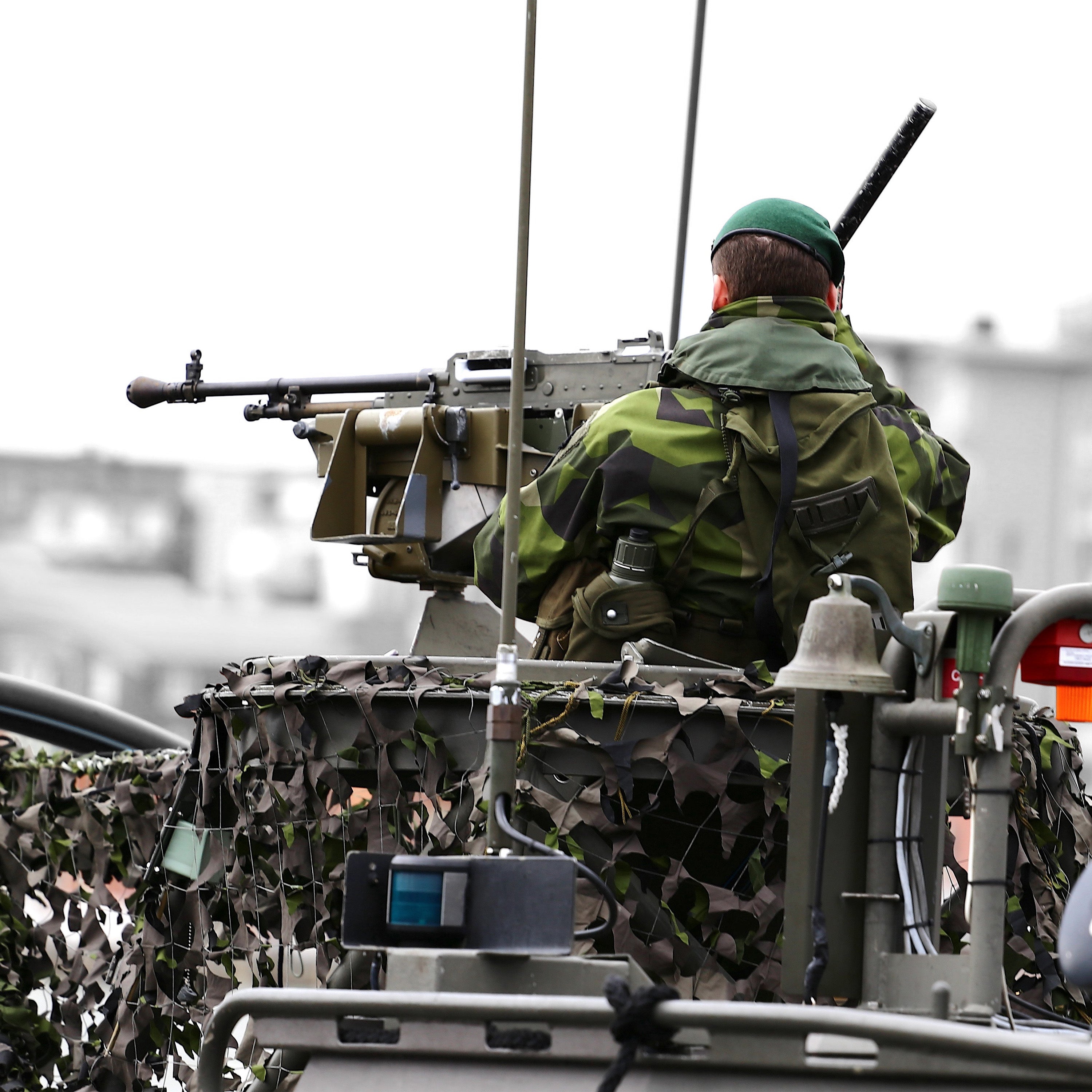
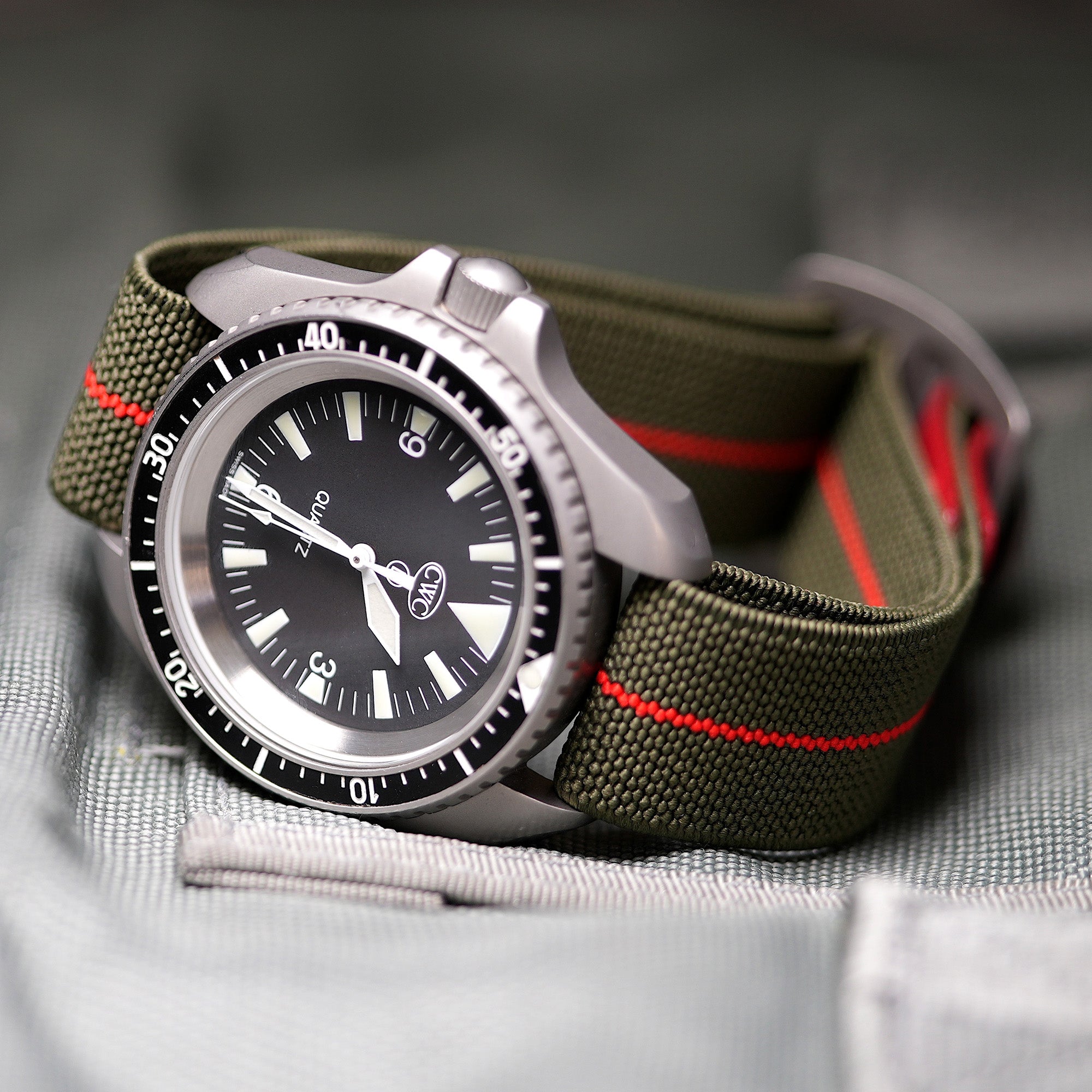
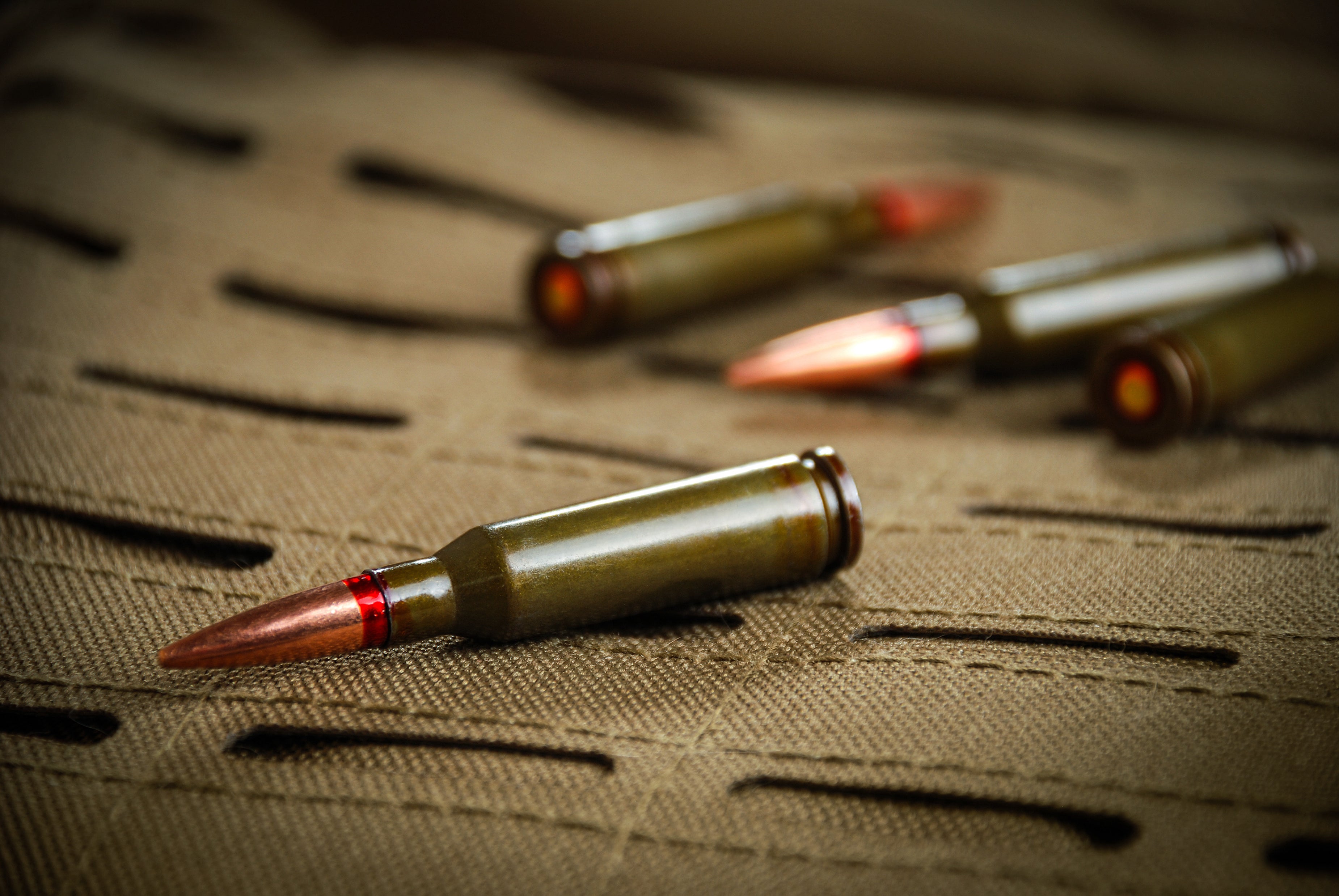
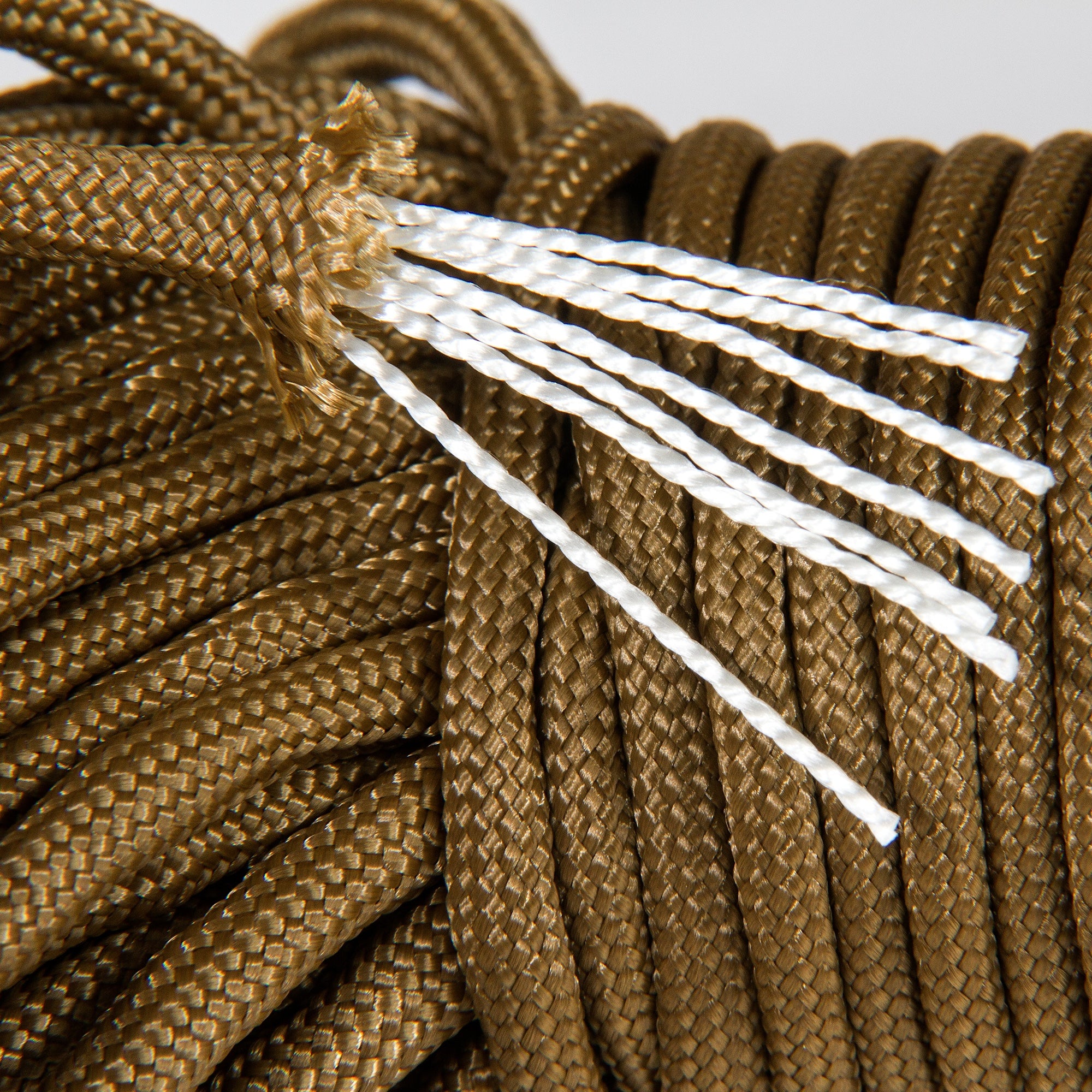
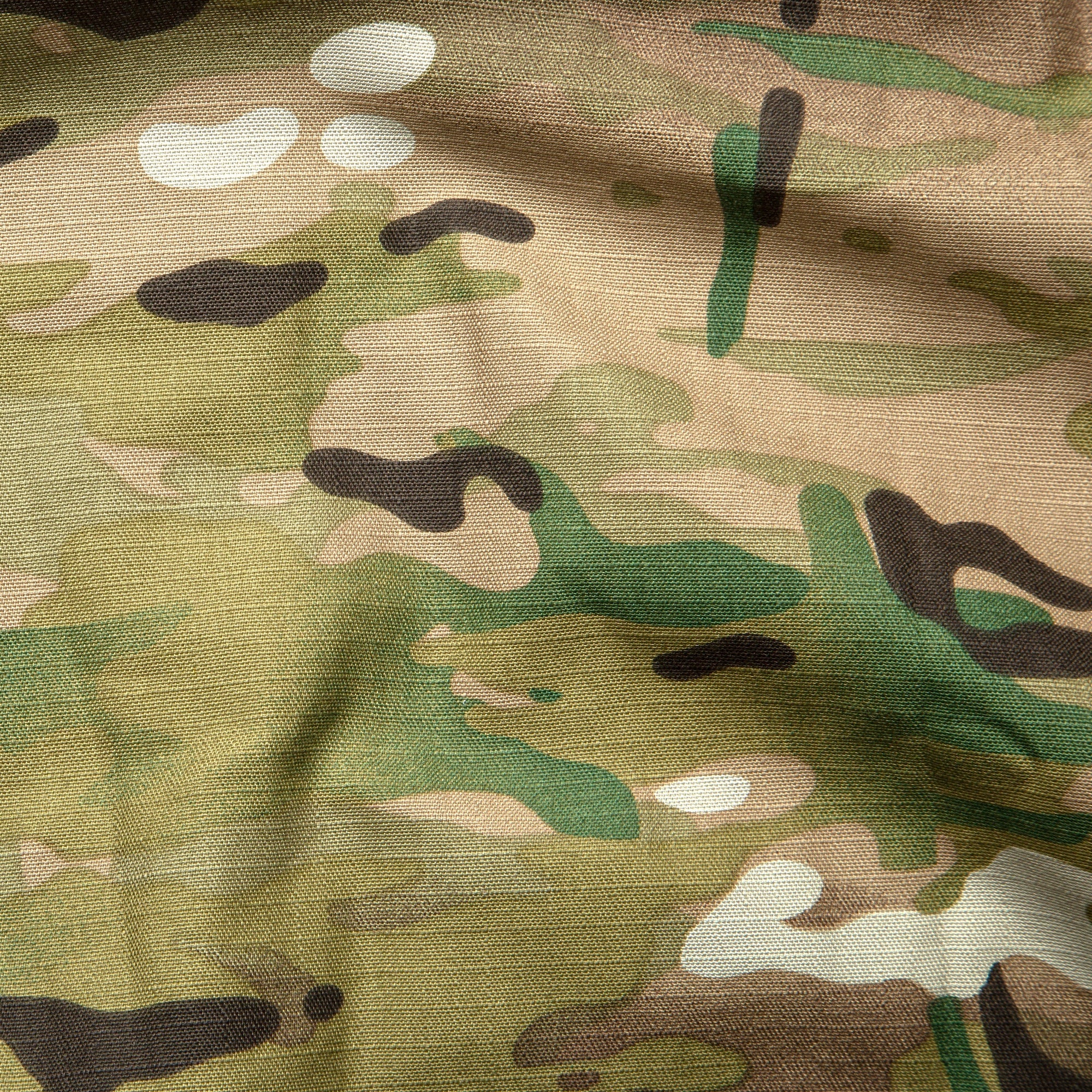

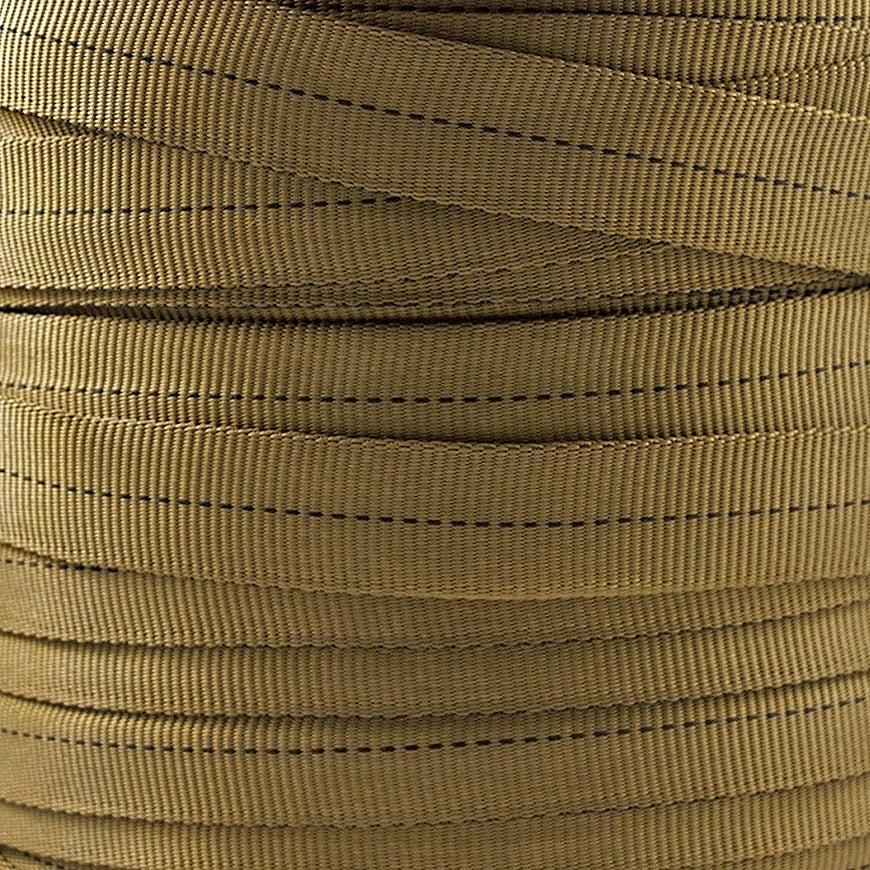


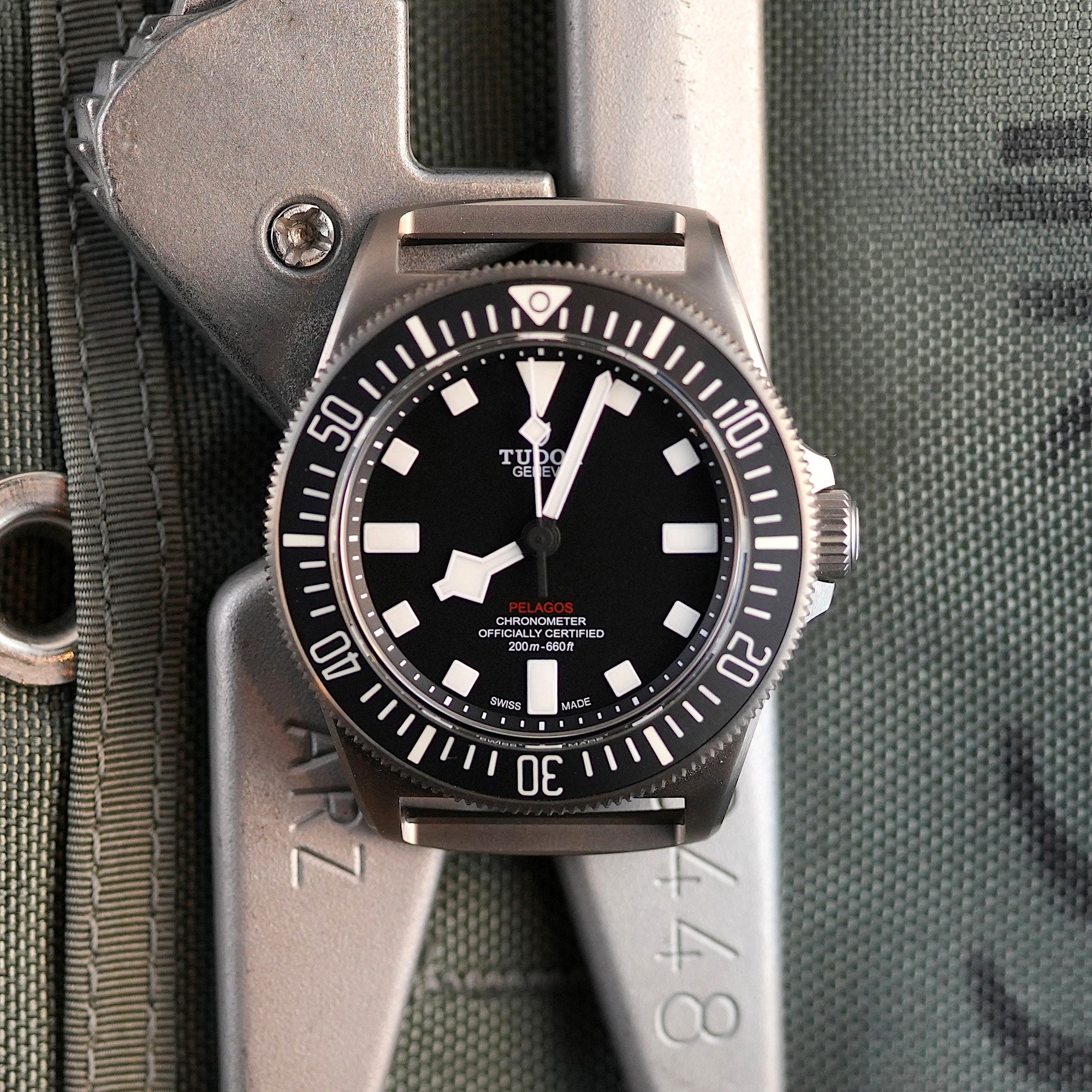
Share:
The Airborne Division: A Legacy of Courage and Innovation
Jacques Cousteau and the Dive Belt: Revolutionising Underwater Exploration